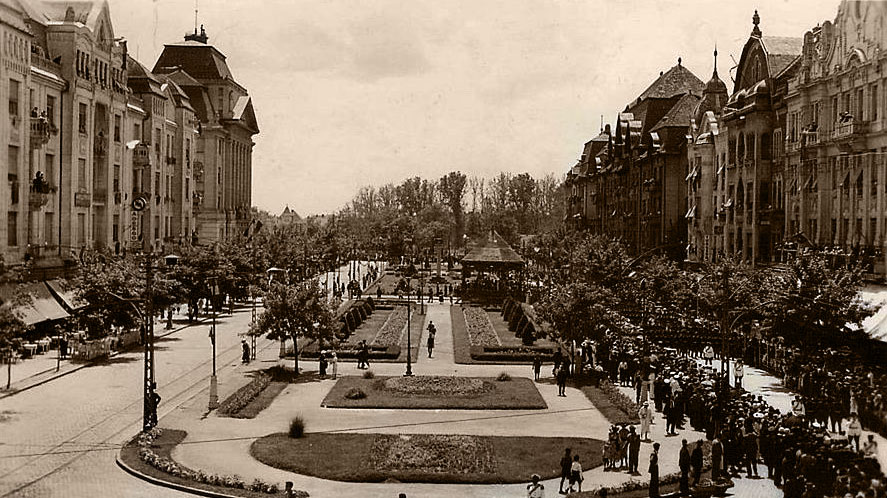
Many places in Timişoara have an impressive story. Some are even connected to miracles that have never been explained.
The miracle on Mary’s Square
It is nowadays one of the busiest squares in Timișoara and its name is 500 years old. Legend says that Mary’s Square was once the place of a miracle.

The story begins in 1514, with the revolt of György Dózsa, a Székely nobleman from Transylvania who led a peasants’ revolt against the kingdom’s landed nobility. He was eventually caught and executed in Timișoara, along with his followers.
Dózsa was condemned to sit on a smouldering heated iron throne and forced to wear a heated iron crown and sceptre. While he was suffering, a procession of fellow rebels who had been starved beforehand were led to this throne. After tearing his flesh, the remaining rebels were ordered to bite spots where the hot pliers had been inserted and to swallow the flesh. Dózsa died from the ordeal.
According to the legend, during the torture, some monks saw above the condemned the image of Virgin Mary. The first statue was raised in this place in 1865. Today, on the site of the martyrdom, known as Mary’s Square, one can admire the monument of The Virgin Mary, built in 1906.
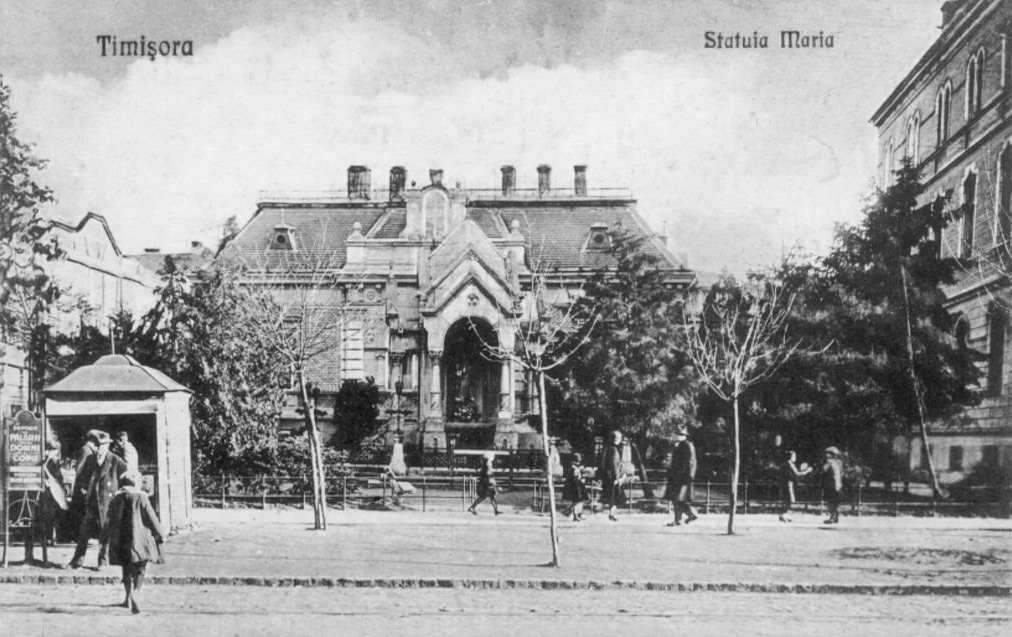
The fish miracle
During the Ottoman administration, between 1552 and 1716, there were many years of extreme hunger. The city was suffering and it was under siege when another miracle happened. The story was written down by the scribe Ali.
Apparently, when people needed it the most, the nearby river became so full with fish that even women and children could catch them with bare hands. The strange event lasted for three days, enough for the people to make supplies for the coming months.
The great fire defeated by storm
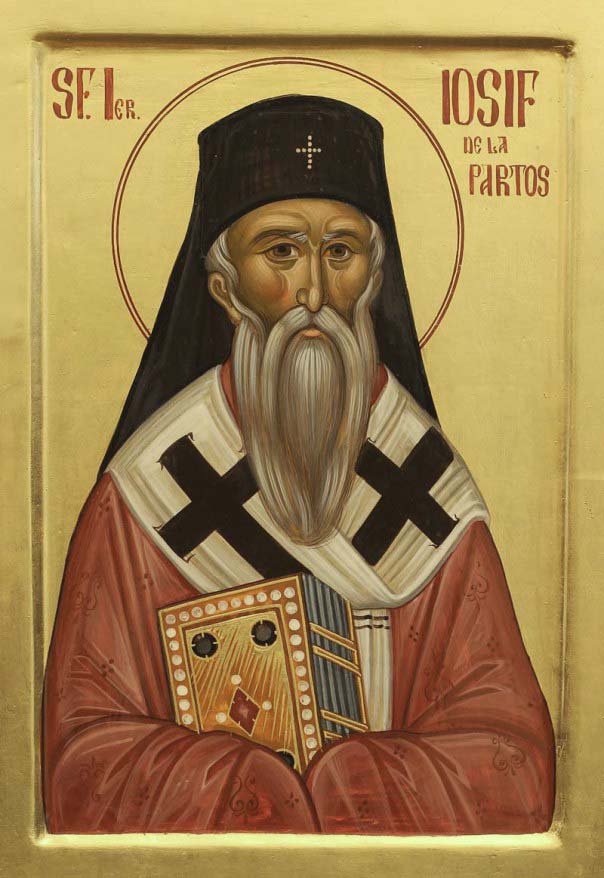
It was the 29th of June 1652. Father Joseph, who was to become Metropolitan, was in the middle of the sacred ritual when a fire started. The first flames were spotted in the area known back then as Palanca Cârnă. They spread quickly in the high wind and were threatening the citadel.
In the end, the fire swept through the house of the governor known as Pasha, inside the citadel, and was very close to reach father Joseph’s church. The priest went out and kneeled in front of the flames. With his forehead touching the soil, he started to pray.
Heavy clouds loomed from south. A torrential rain with thunder and lightning storm extinguished the blaze. Once the danger of fire faded, the clouds disappeared, leaving seven rainbows behind, on the summer bright sky.
The church built on the site of a miracle
One century ago, on the right bank of the Bega Canal, close to Mihai Viteazu Bridge, there was a beautiful orthodox church. It seems that the location of the building was not at all random. The church was built in 1826, on the site of a miracle.
Legend says that people of Timisoara were celebrating a holy day and the elder were resting in the shade of a tall walnut tree when the storm started. Lightning struck and burnt the tree to ashes. People took this as a divine sign and decided to built a church in the exact spot. The church was named Saint Ilie.
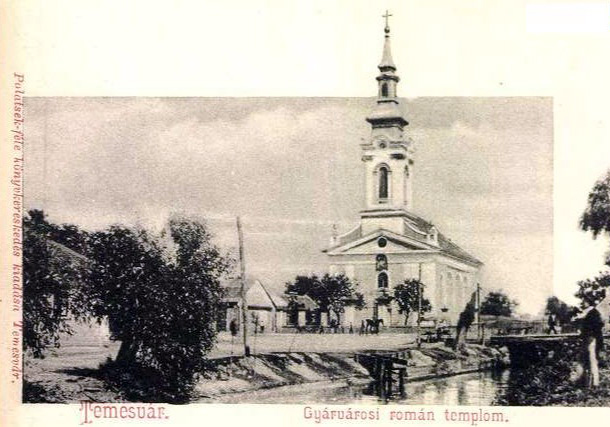
According to the Romanian tradition, Saint Ilie is the guardian of crops. It is said that he brings rain during a drought period, and also causes thunder, lightning, and even hail. In 1913, the church was demolished as the new hydroelectric power plant was built on Bega. Not very far, construction of the nowadays Saint Ilie Church started.
The bombing of 30th October 1944
When the Second World War started, Timisoara’s Orthodox Cathedral was still under construction. On the 30th of October 1944, Timişoara was again bombed by both Allied and Axis raids. The Cathedral was among the attacked targets.
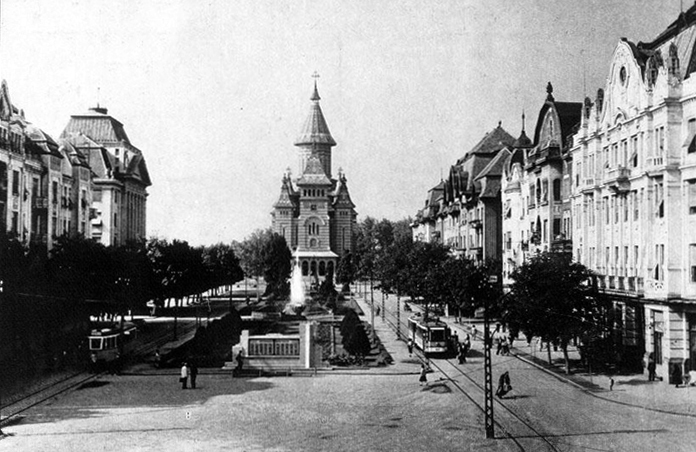
Six bombs were dropped near the church, but only one exploded, breaking a few windows. The other five projectiles didn’t explode. 188 buildings were destroyed that night and it was a miracle that the Orthodox Cathedral survived the attack.